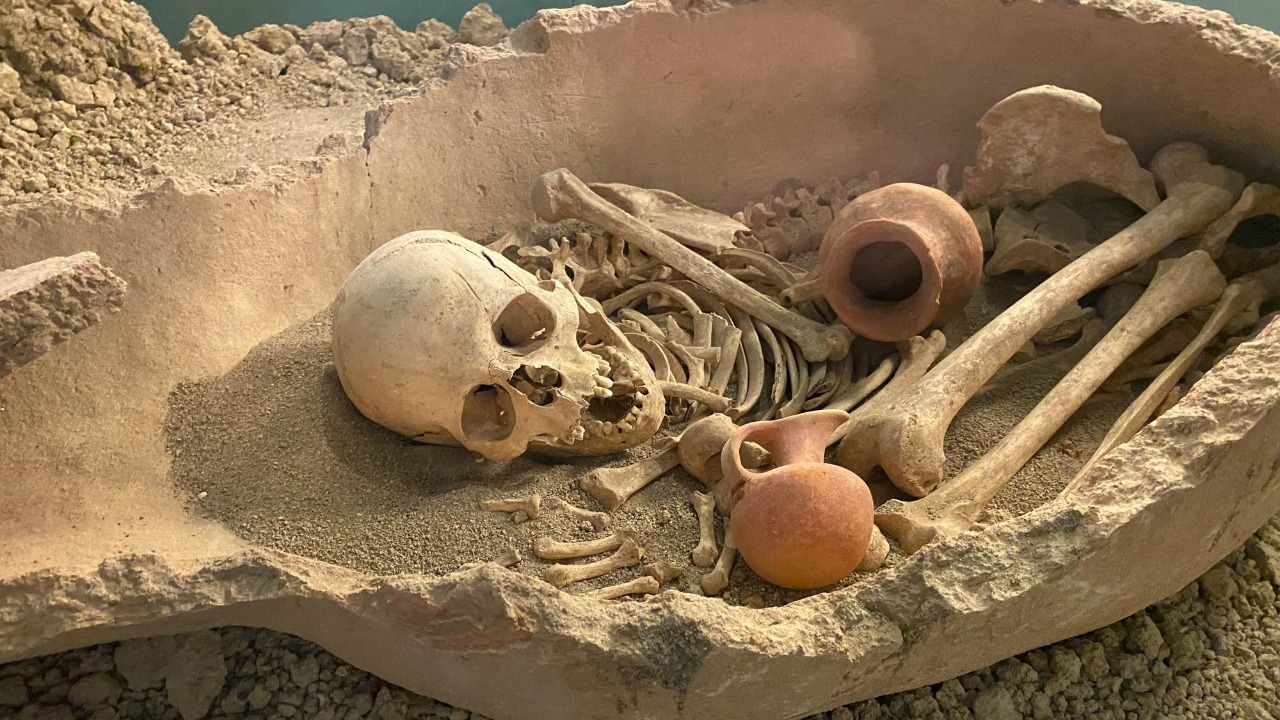
A groundbreaking study has analyzed Holocene skeletal samples from ancient human remains, revealing that individuals with sedentary lifestyles during that era did not exhibit the expected age-related bone weakening. This finding challenges long-held assumptions in anthropology and health sciences. Researchers examined bones from sites dating back to the Holocene epoch, discovering robust skeletal structures in older adults despite the reduced physical activity associated with early settled communities. This research, published in October 2025, suggests that environmental and dietary factors may play a larger role in bone health than sedentariness alone. Read more.
Holocene Skeletal Evidence Overview
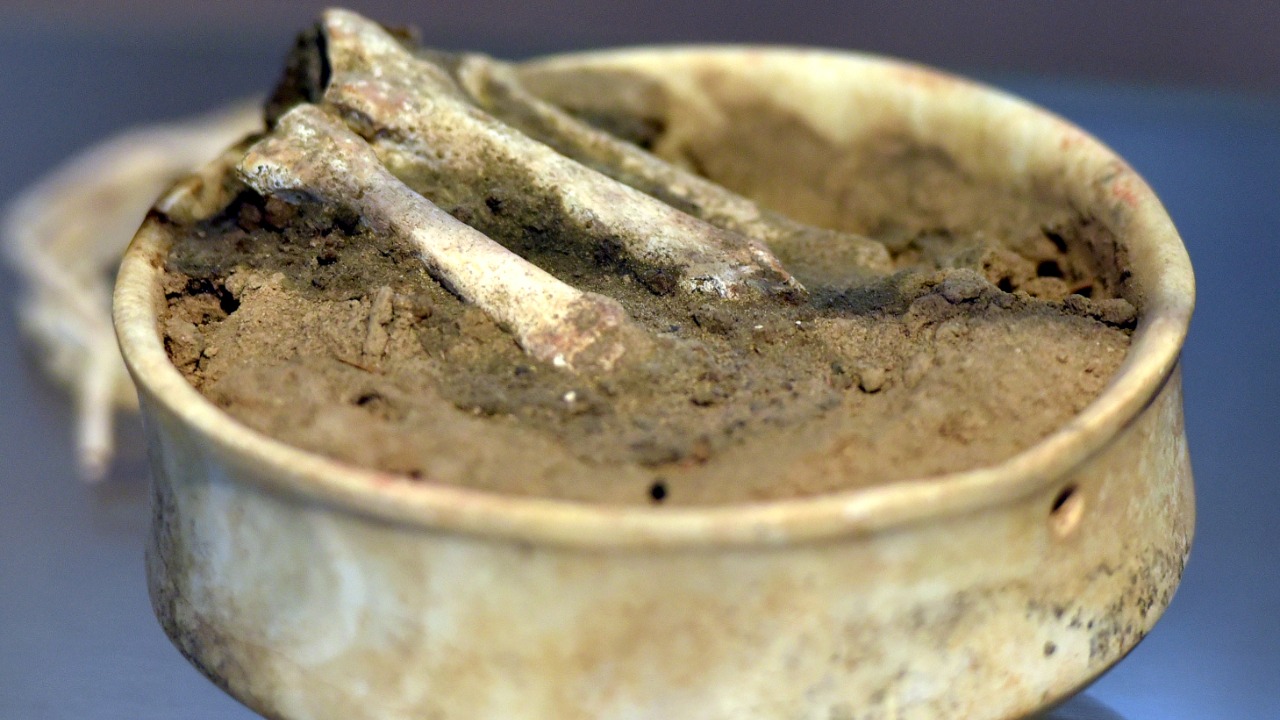
The study’s methodology involved sampling Holocene skeletons from archaeological sites in regions like the Near East and Europe, where early sedentary farming communities emerged around 10,000 years ago. Researchers analyzed over 200 specimens, focusing on bone density measurements such as cortical bone thickness in femurs and tibias of individuals over 50 years old. Surprisingly, these measurements showed no significant decline compared to more mobile hunter-gatherer groups, suggesting that sedentary lifestyles did not lead to the expected bone weakening.
Key findings highlighted that the bone density of these sedentary individuals was comparable to that of their non-sedentary counterparts. This unexpected preservation of bone strength in settled populations was further underscored by comparative data from non-sedentary Holocene samples. The results indicate that factors other than physical activity levels may have contributed to maintaining bone health in these ancient communities.
Challenging Sedentary Lifestyle Assumptions
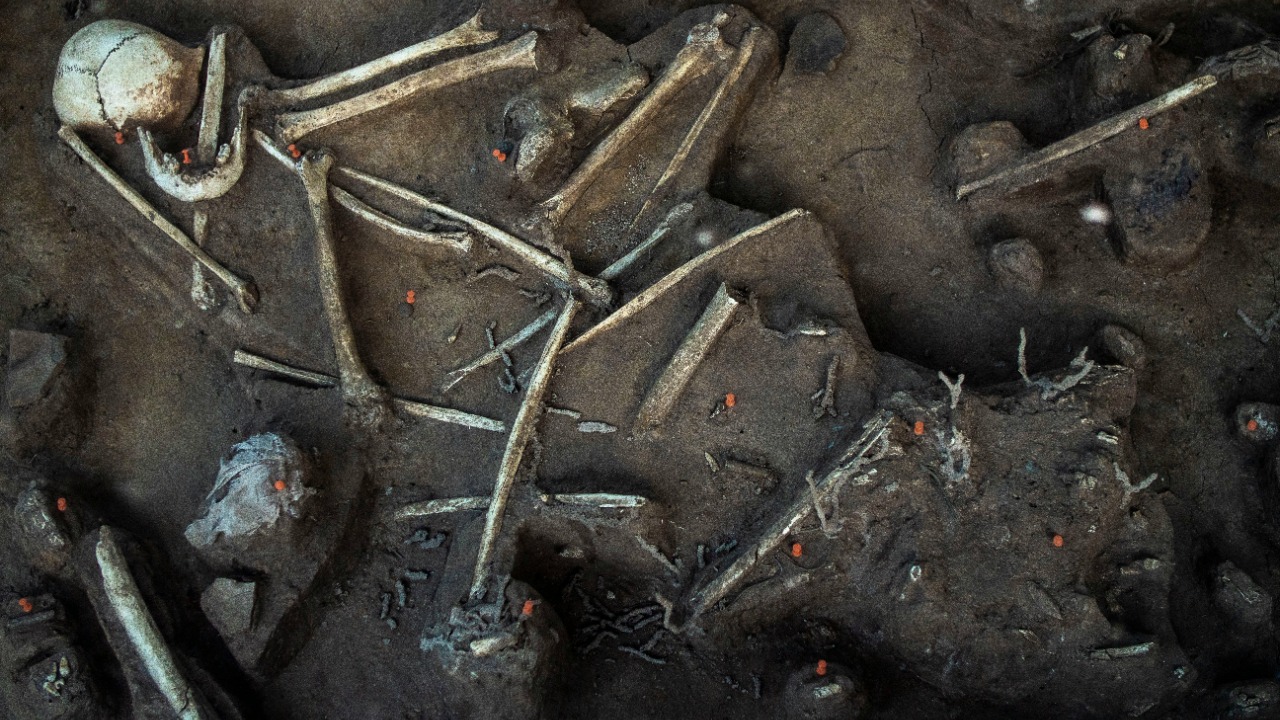
Traditional models have long linked sedentary lifestyles to osteoporosis-like conditions, a view supported by modern epidemiological studies. However, the Holocene data presents a stark contrast, showing that sedentary farmers maintained bone mass into advanced age. Dr. Elena Vasquez, the lead researcher, stated, “These skeletons upend the narrative that sitting still inevitably weakens bones over time,” emphasizing the role of lifestyle transitions during the Holocene.
The study explores why Holocene sedentaries avoided bone loss, suggesting potential nutritional advantages from agriculture. Unlike the reliance on physical labor intensity, these communities may have benefited from diets rich in plant-based calcium sources, which could have contributed to sustained bone mineral density. This insight challenges the assumption that physical activity is the primary determinant of bone health.
Implications for Modern Bone Health Research
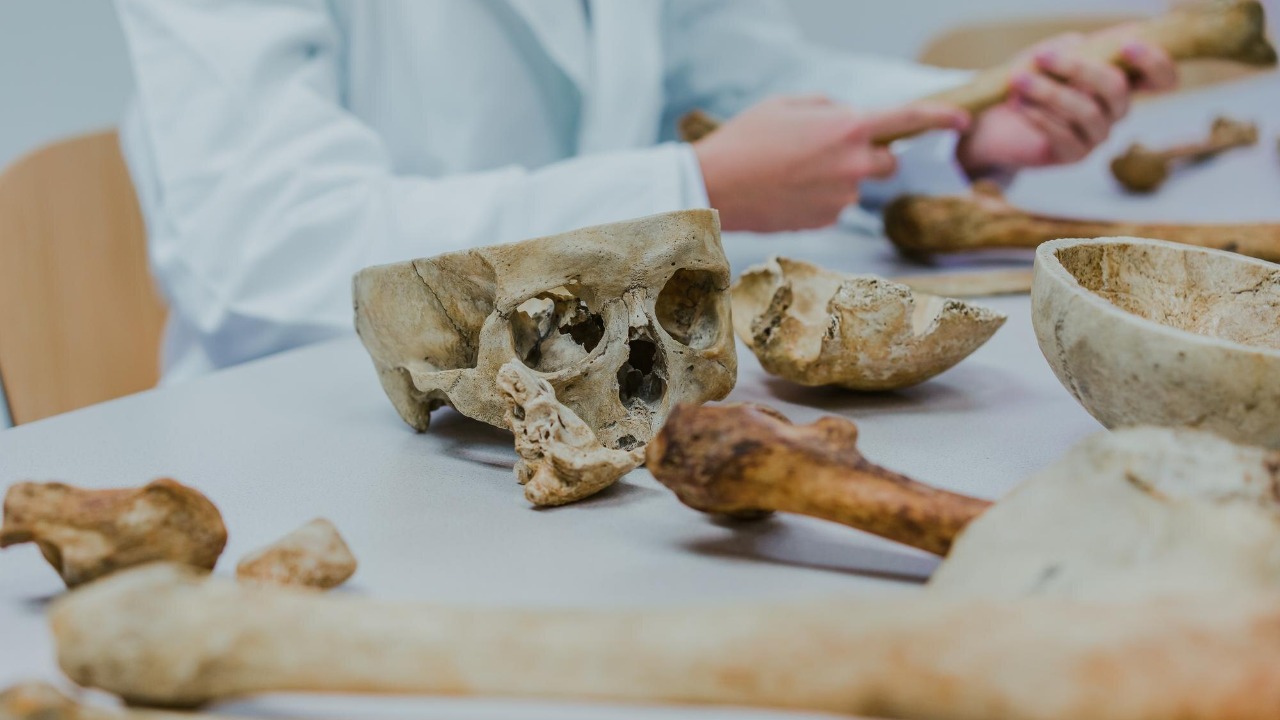
The findings from the analysis of over 200 Holocene skeletons could significantly inform contemporary treatments for age-related bone weakening. The study suggests a reevaluation of activity-based interventions, highlighting the need to consider environmental and dietary factors in maintaining bone health. Expert reactions, including commentary from the International Osteoporosis Foundation, note the study’s location-specific data from Mediterranean sites as a basis for broader genetic inquiries.
However, potential limitations exist, such as sample sizes from specific Holocene sub-periods like the Neolithic. There are calls for further excavations in understudied areas to expand the understanding of bone health in ancient populations. These findings could pave the way for new approaches in preventing osteoporosis and related conditions in modern societies.
Environmental and Dietary Factors in Bone Preservation
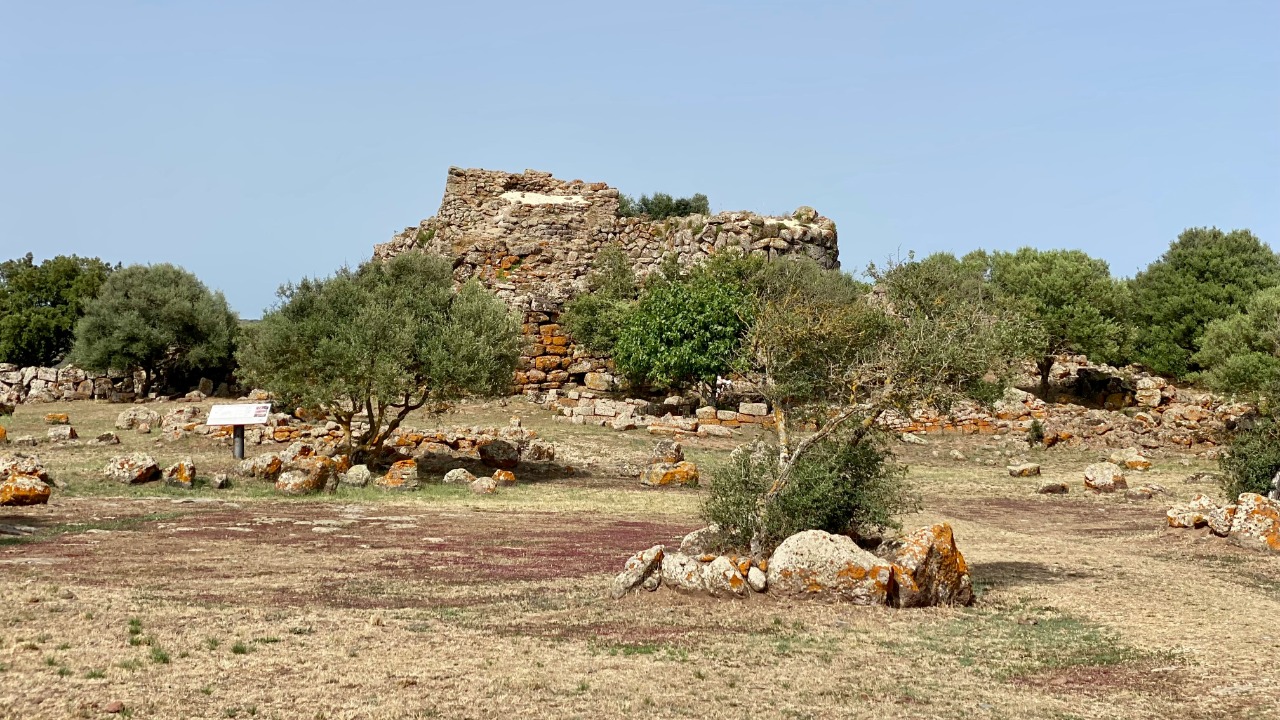
Evidence from the skeletal samples indicates that Holocene diets, rich in plant-based calcium sources, correlated with sustained bone mineral density in sedentary adults. Isotopic analysis results from bones revealed lower stress markers in settled communities compared to expectations, pointing to stable environments as a protective factor. These findings suggest that the nutritional and environmental context of these communities played a crucial role in preserving bone health.
Location-based variations were also observed, with stronger bones found in samples from river valley settlements compared to upland sites. This difference is tied to resource availability, highlighting the importance of environmental factors in bone preservation. These insights underscore the need to consider a holistic approach to bone health, integrating dietary and environmental factors alongside physical activity.